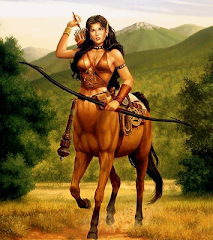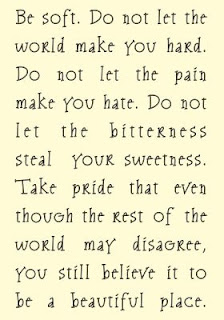New Zealand Herald
written by Jamie Morton
Tuesday November 22, 2016
Victoria University earthquake scientist Dr John Townend says Kiwis shouldn't draw any connections between the Japan quake and last Monday's 7.8 Kaikoura quake.
"The basic explanation of the earthquake in Japan is they had a magnitude 9.0 quake in 2011 and a magnitude 9 generates large aftershocks and an extended aftershock sequence," he said.
"So we are just seeing that ongoing activity in that part of the world."
Townend said Kiwis shouldn't infer a link with our quake and Japan's - or between the March 2011 Tohoku earthquake and tsunami and the 2010 and 2011 Canterbury and Christchurch earthquakes.
"I don't think we should draw any conclusions about the timing of this quake in relation to that one," Townend said.
"Again, it appears to be a subduction system involved - a bit like what happens off our East Coast - and there the Pacific plate is going down beneath Eurasia or North America, and this has for a long time been known to generate big earthquakes."
Townend said there was no evidence to suggest any elevated activity across the ring.
"Patterns are very hard to detect from big quakes, because they happen so infrequently," he said.
"So when you have two in close proximity, it seems natural to draw a conclusion about there being an elevated rate - but as far as I'm aware, there's no evidence for that."
While separate events driven by separate movements, Japan and New Zealand's earthquake activity is linked in a wider context to the Pacific Ring of Fire, an almost continuous belt of volcanoes and earthquakes around the rim of the Pacific Ocean.
It's defined by the 103 million-square kilometre Pacific Plate smashing together with other vast tectonic plates that form parts of the geological jigsaw puzzle that make up Earth's lithosphere - its rigid, outermost shell that combines the crust and the upper mantle.
The Pacific Ring of Fire is home to 452 of the world's volcanoes - and more than 75 per cent of the world's active ones - and about 90 per cent of the world's earthquakes, including 81 per cent of the largest shakes.
Nine of the 10 largest quakes since November 7 have occurred somewhere in the ring - the 7.8 Kaikoura Quake being the biggest, followed by today's 6.9 quake in Japan and two 6.5 aftershocks from the Kaikoura quake.
While New Zealand's volcanic and earthquake activity stems from its position at the boundary of the Pacific and Australian, Japan sits near the boundaries of the Pacific, Philippine and Eurasian plates.
In New Zealand's case, there's a continual scrum going on between the Pacific Plate and the 47-million square kilometre Australian Plate right along the curving boundary.
Each year, there are more than 100,000 earthquakes in and around Japan, of which between 1000 and 1,500 are large enough to be felt.
In New Zealand, there are more than 15,000 quakes large enough to be recorded every year, of which between 100 and 150 are big enough to be felt by people.






































No comments:
Post a Comment